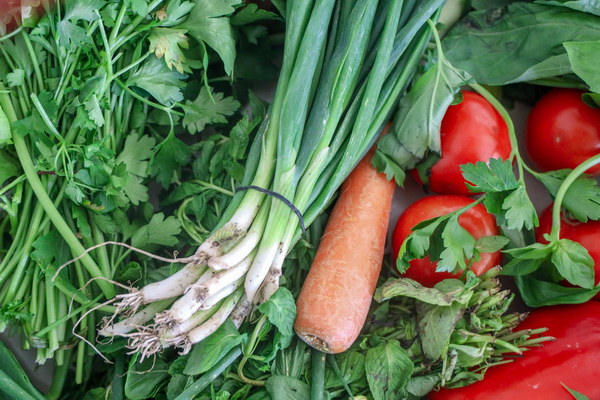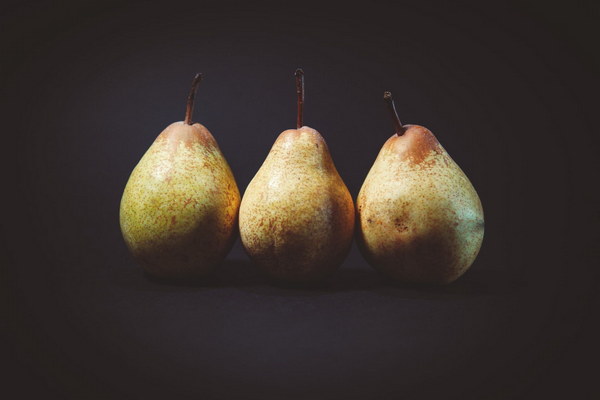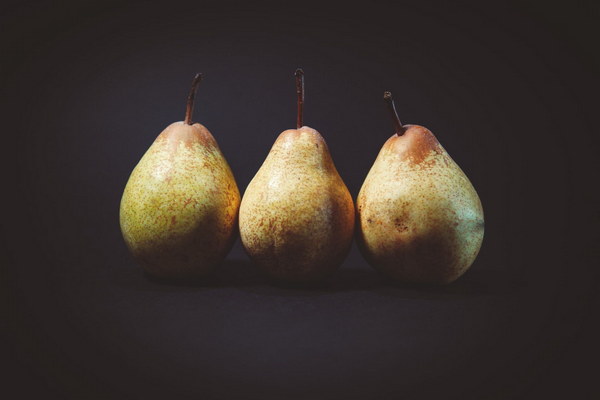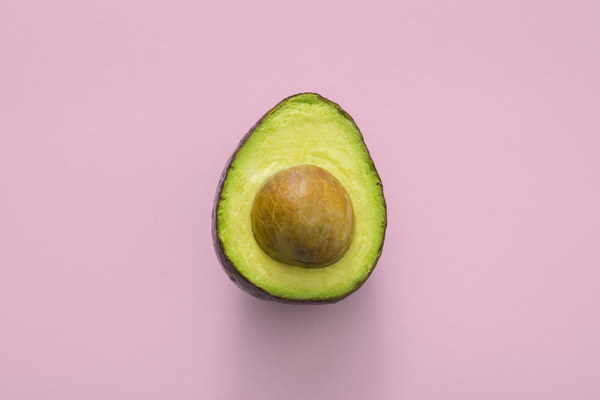Balancing and WarmingQi A Comprehensive Guide to tonifying the Body's Vital Energy
In traditional Chinese medicine, Qi (vital energy) is considered the fundamental essence that flows throughout the body, regulating various physiological functions. The concept of tonifying Qi is crucial for maintaining health and vitality. Two popular approaches to tonifying Qi are Balancing Qi and Warming Qi. This article aims to provide a comprehensive guide to these two methods, exploring their principles, benefits, and practical applications.
Balancing Qi
Balancing Qi involves restoring the harmony and balance of Qi in the body. It is based on the understanding that an imbalance in Qi can lead to various health issues. There are several methods to balance Qi:
1. Diet: Consuming a balanced diet that includes a variety of nutrients can help maintain the balance of Qi. Foods that are rich in vitamins, minerals, and antioxidants are considered beneficial for balancing Qi.
2. Exercise: Regular physical activity, such as walking, jogging, or tai chi, can help improve Qi flow and balance. Exercise also promotes relaxation and reduces stress, which can contribute to an imbalance in Qi.
3. Acupuncture: This ancient therapy involves inserting fine needles into specific points on the body to unblock Qi and restore balance. Acupuncture is believed to enhance the body's self-healing capabilities.
4. Herbs: Certain herbs are known to balance Qi. Common examples include Astragalus, Codonopsis, and Ginseng. These herbs are often used in combination to address specific health concerns.
Warming Qi
Warming Qi focuses on boosting the body's inner warmth to promote health and vitality. This approach is particularly beneficial for individuals with cold or weak Qi. Warming Qi methods include:
1. Diet: Including warm, cooked foods and spices such as ginger, cinnamon, and turmeric can help warm the body and boost Qi. Avoiding cold, raw, and icy foods is also recommended.
2. Acupuncture: Acupuncture can be used to warm Qi by inserting needles into specific points on the body. The practitioner may also use moxibustion, which involves burning moxa (a substance made from dried mugwort) near the skin to stimulate Qi flow.
3. Herbs: Herbs such as Cinnamon, Ginger, and Licorice are known for their warming properties. These herbs can be taken in the form of teas, capsules, or tinctures.
4. Lifestyle: Wearing warm clothing, staying active, and avoiding cold environments can help maintain a warm Qi. Additionally, practices like yoga, qigong, and meditation can contribute to overall well-being and help warm Qi.
Benefits of Balancing and Warming Qi

Both balancing and warming Qi offer numerous health benefits, including:
1. Improved energy levels: By restoring and balancing Qi, these methods can enhance overall energy and vitality.
2. Enhanced immune system: A balanced and warm Qi helps strengthen the body's immune system, reducing the risk of illness.
3. Better mental health: Balancing and warming Qi can improve mood, reduce stress, and alleviate symptoms of anxiety and depression.
4. Pain relief: These methods can help alleviate pain by improving Qi flow and reducing inflammation.
Conclusion
Balancing and warming Qi are two essential approaches to maintaining health and vitality in traditional Chinese medicine. By understanding the principles behind these methods and incorporating them into daily life, individuals can experience the numerous benefits of a balanced and warm Qi. Whether through diet, exercise, acupuncture, herbs, or lifestyle changes, these practices can contribute to a healthier, more energetic, and happier life.









